Pamono Vintage Table Soccer with Three Knobs, 1921 Discount
$130.99
Regarding its origin and dating, it’s interesting to note that foosball, also known as “fútbolín” in Spain, has a somewhat debated history. Two names often come up in the search for the inventor of this iconic game: Harold Searles Thornton, an Englishman who registered a patent for “foosball” in 1921, and Alejandro Finisterre, a Spaniard who, during the Spanish Civil War in 1937, devised a version of the game to lift the spirits of injured children.
Looking at this particular piece, it’s difficult to definitively attribute its creation to one of these inventors without further details or markings that could identify it. However, the aesthetics and materials used—wood and metal—suggest a creation that might be placed in the mid-20th century, a period when foosball became extremely popular throughout Europe.
This specific example could be an authentic piece of popular design, an object that, despite its humble origins, has the power to evoke memories of childhood and family gatherings. While we can’t definitively assign it a signature or an exact date, its presence and current condition make it an object of great historical and sentimental value.
In conclusion, whether it’s linked to Thornton’s English history or Finisterre’s Spanish tradition, this foosball table remains an enduring symbol of play and conviviality, a silent witness to the passage of time and the emotions it has been able to evoke.
The seller assumes all responsibility for this listing.
About This Piece
Vintage Design
Regarding its origin and dating, it’s interesting to note that foosball, also known as “fútbolín” in Spain, has a somewhat debated history. Two names often come up in the search for the inventor of this iconic game: Harold Searles Thornton, an Englishman who registered a patent for “foosball” in 1921, and Alejandro Finisterre, a Spaniard who, during the Spanish Civil War in 1937, devised a version of the game to lift the spirits of injured children.
Looking at this particular piece, it’s difficult to definitively attribute its creation to one of these inventors without further details or markings that could identify it. However, the aesthetics and materials used—wood and metal—suggest a creation that might be placed in the mid-20th century, a period when foosball became extremely popular throughout Europe.
This specific example could be an authentic piece of popular design, an object that, despite its humble origins, has the power to evoke memories of childhood and family gatherings. While we can’t definitively assign it a signature or an exact date, its presence and current condition make it an object of great historical and sentimental value.
In conclusion, whether it’s linked to Thornton’s English history or Finisterre’s Spanish tradition, this foosball table remains an enduring symbol of play and conviviality, a silent witness to the passage of time and the emotions it has been able to evoke.
Click here for full descriptionClose description
| Design Period | 1920 to 1949 |
|---|---|
| Year | 1921 |
| Production Period | 1920 to 1929 |
| Style | Industrial |
| Detailed Condition | Good — This vintage/antique item may have some wear such as scratches and other signs of ageing. |
| Restoration and Damage Details | Light wear consistent with age and use, Heavy signs of use, Slight scratches, Light paint wear |
| Product Code | RCE-1992117 |
| Materials | Metal, Walnut |
| Color | Azure, grey |
| Width | 83 cm 32.7 inch |
| Depth | 87 cm 34.3 inch |
| Height | 88 cm 34.6 inch |
Be the first to review “Pamono Vintage Table Soccer with Three Knobs, 1921 Discount” Cancel reply
Related products
Garden Seating
Beds & Bedroom Sets
Seating
Pamono Papercord & Teak Model 71 Dining Chair by Niels Otto Møller for J.L. Møllers, 1960s Best
Children's Chairs
Daybeds & Chaises Lounges
Pamono Antique Victorian Oak Chaise Longue in Green Leather with Brass Castors Hot
Couches & Sofas
Pamono Vínculo Sectional Sofa in Green Velvet by Moanne Outlet
Couches & Sofas
Daybeds & Chaises Lounges
Pamono Vintage Leather Gym Mat, Former Czechoslovakia, 1930s Online
Lounge Chairs & Armchairs
Lounge Chairs & Armchairs
Pamono Vicario Armchairs by Vico Magistretti for Artemide, 1970s Best
Garden Seating
Login
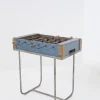

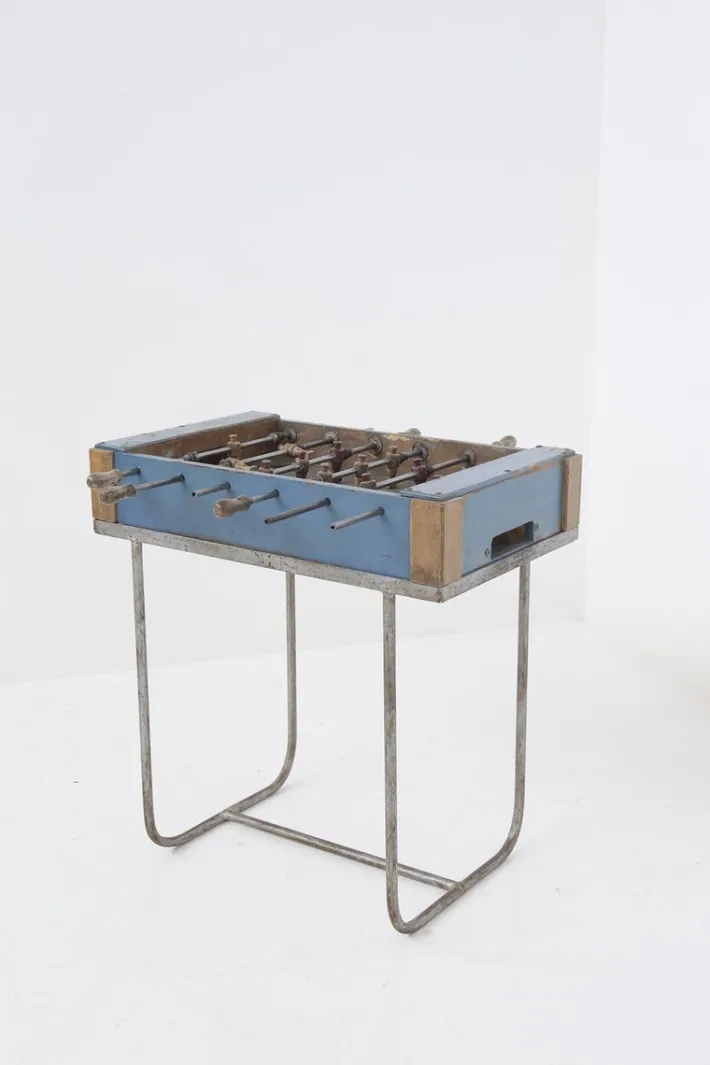
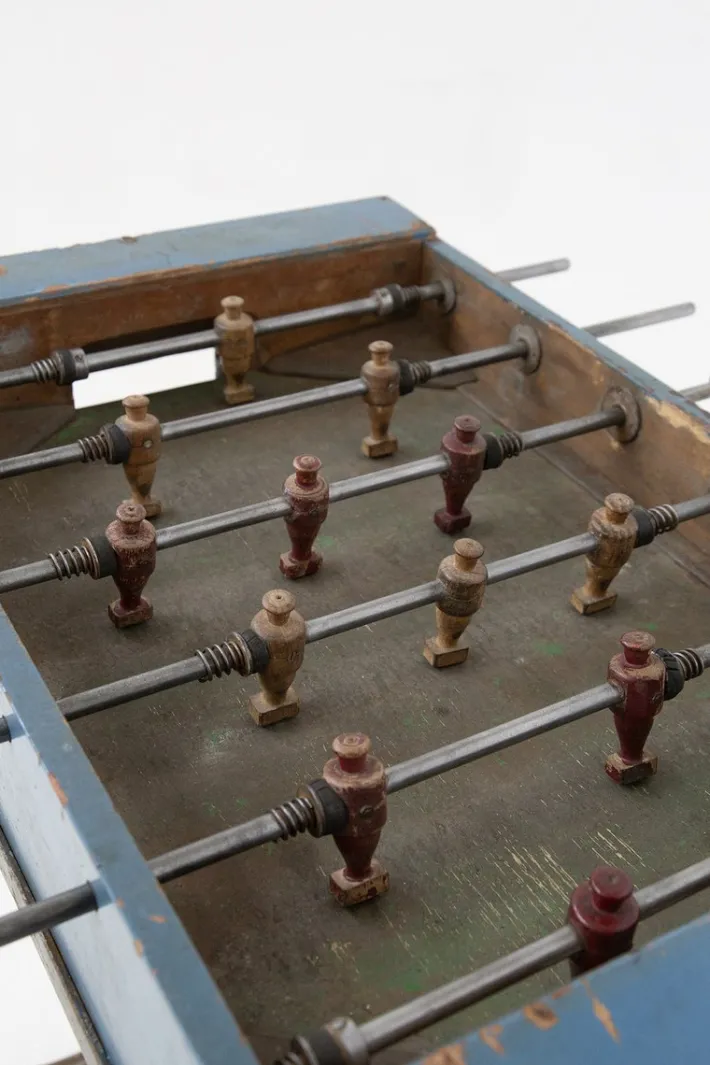
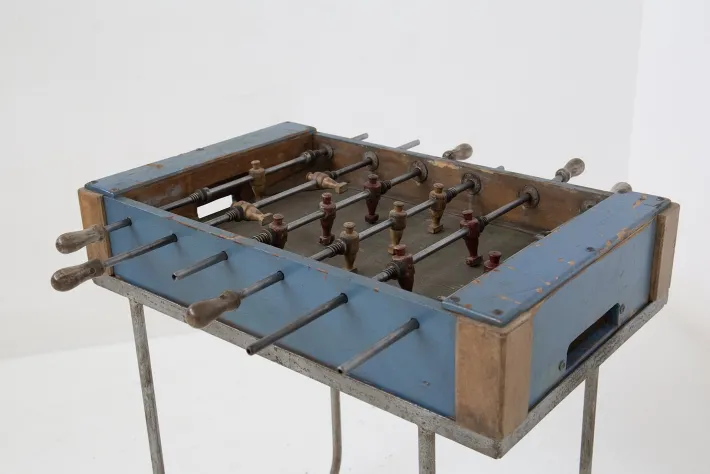
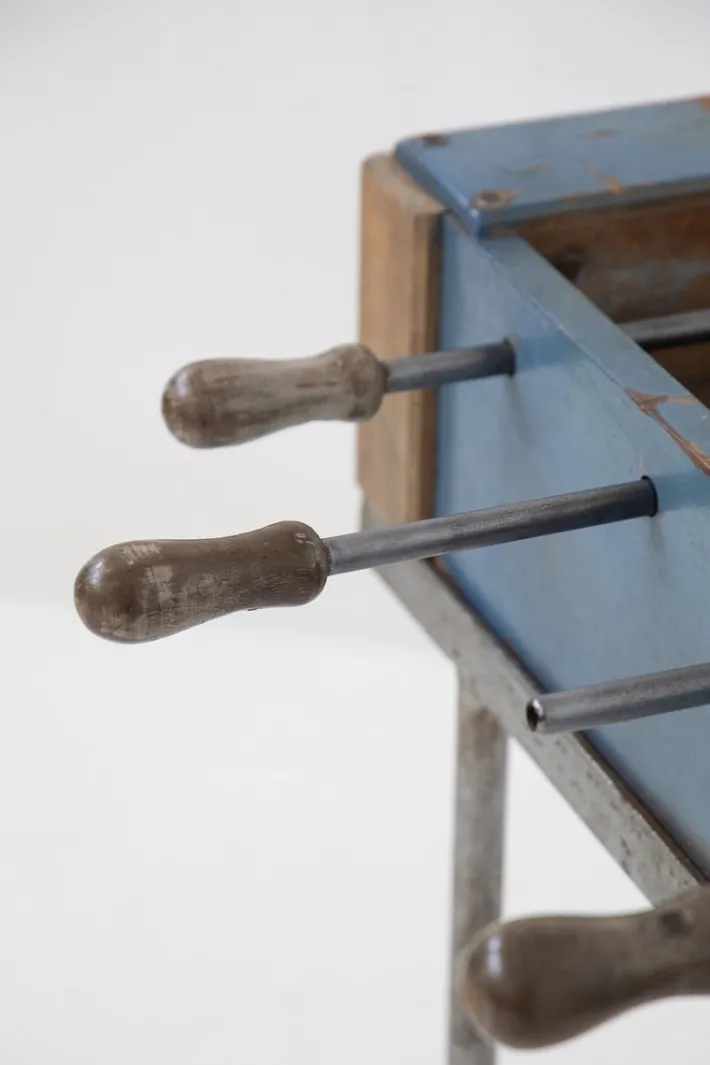
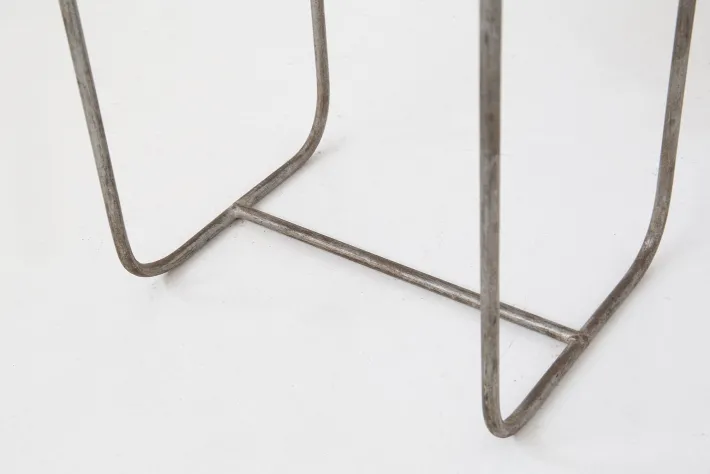
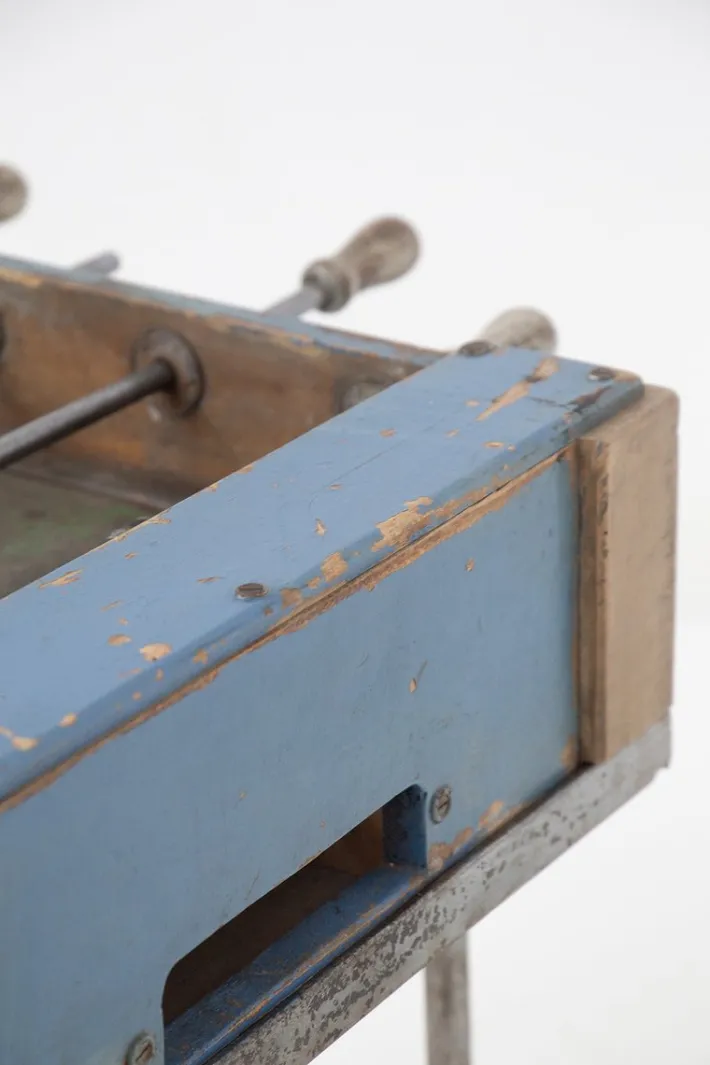
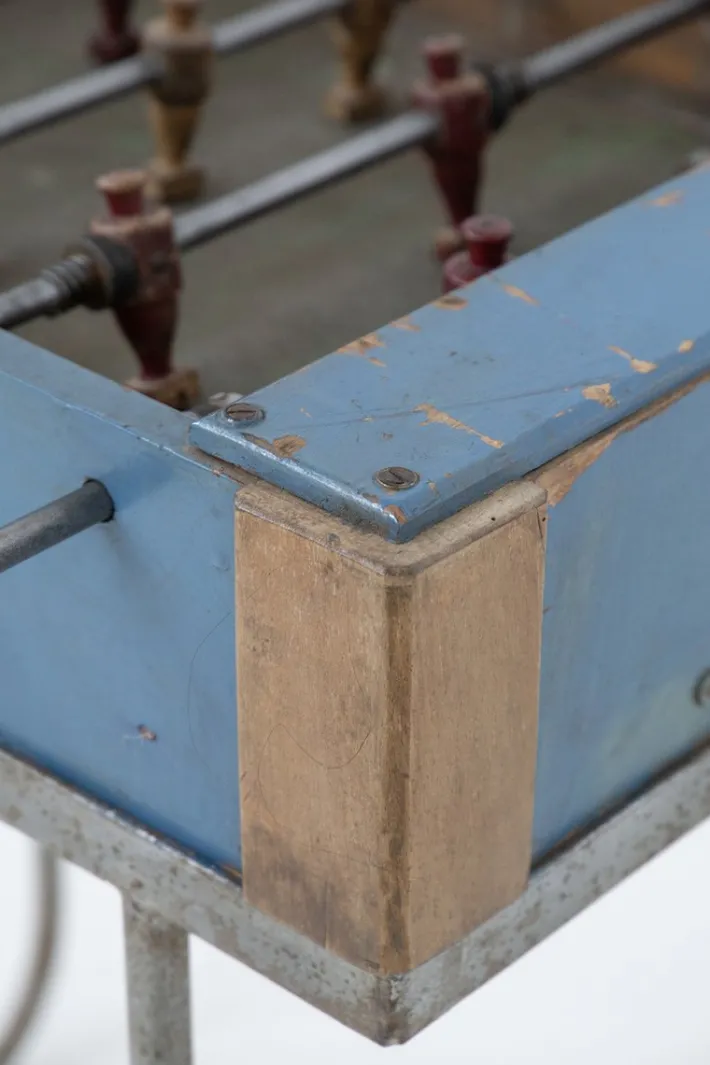
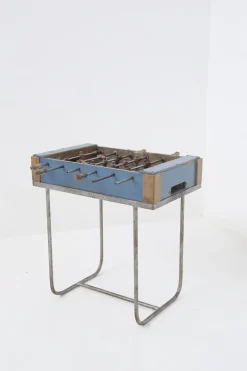
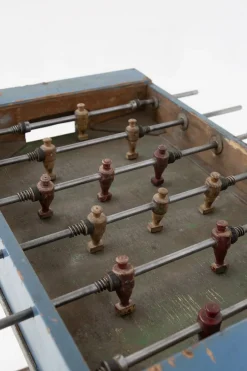
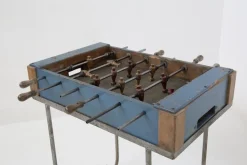
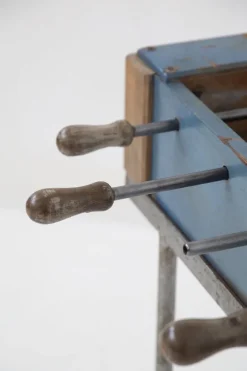
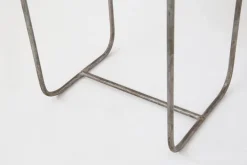
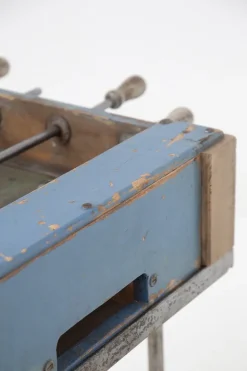
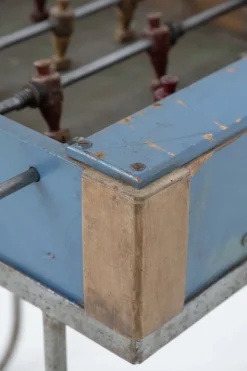

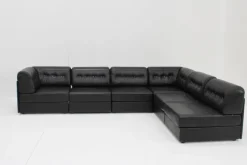
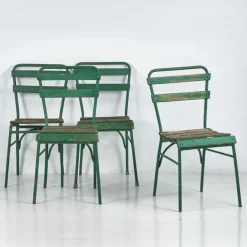
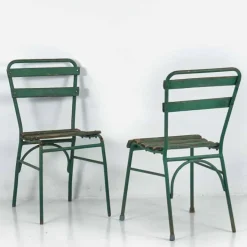
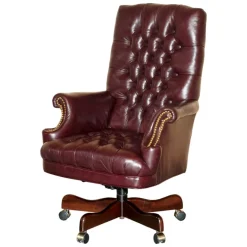
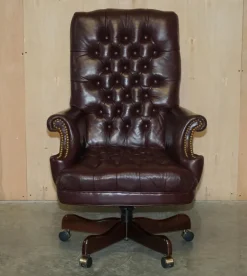
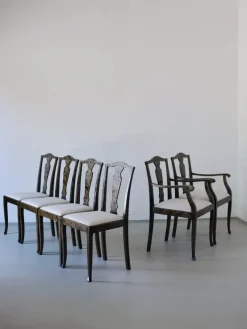
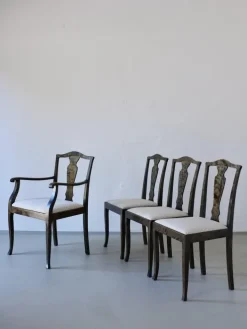
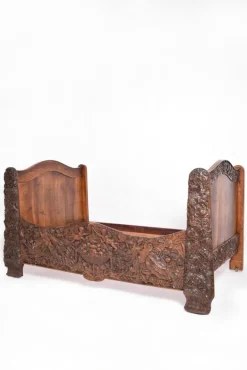
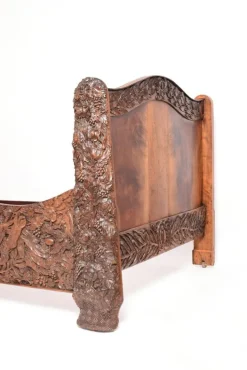
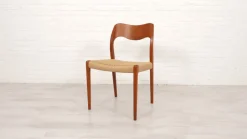
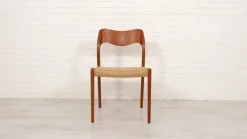
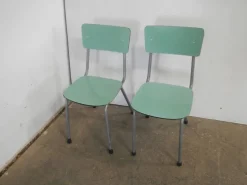
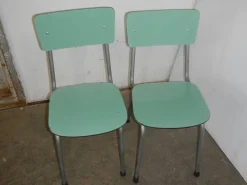
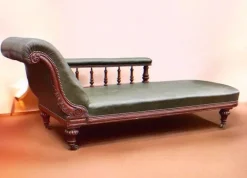
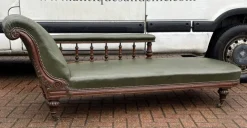
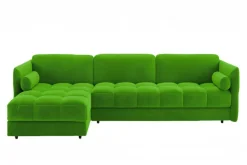
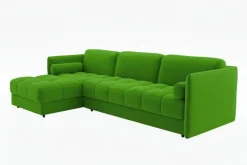
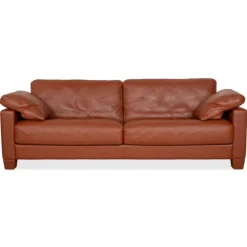
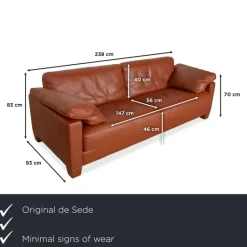
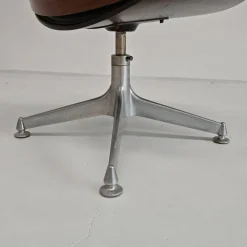
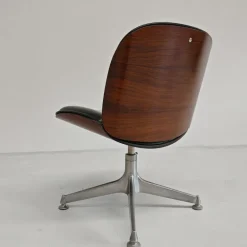
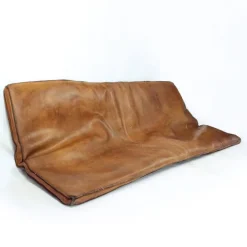
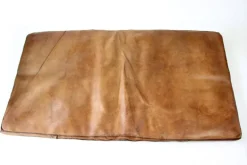
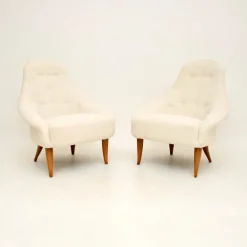
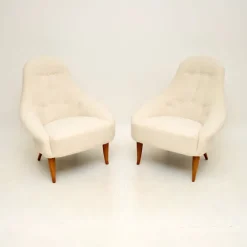
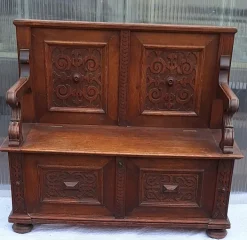
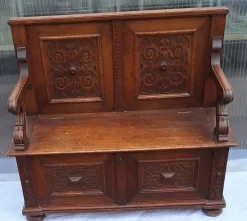
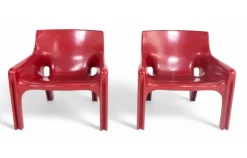
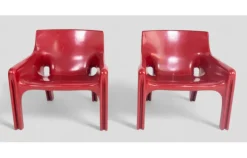
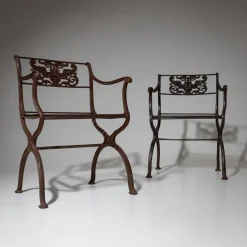
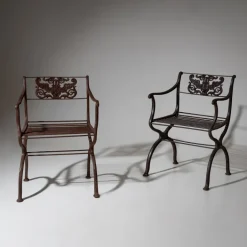
Reviews
There are no reviews yet.